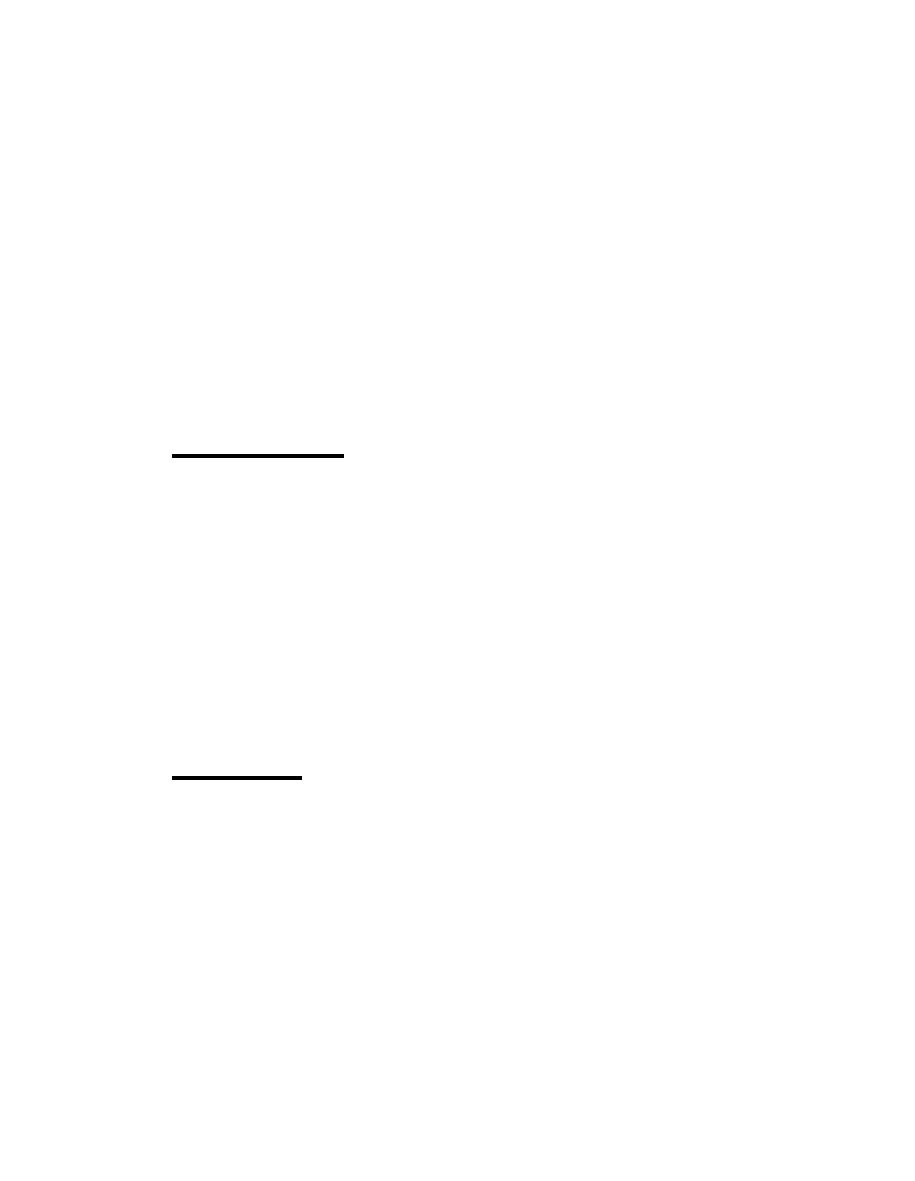

Custom Search
|
|

|
||
 The methods available to prevent drywood termite attack are not as practical nor as economical as
those to prevent subterranean termites. However, where drywood termites are considered to be a
serious problem (Pacific area, southern coastal California, southern Florida, and the Caribbean area)
control measures should be taken.
First, any article of furniture, lumber, crating, or other cellulosic material should be carefully ex-
amined before it is used or placed in a new or existing structure. Potential outdoor sources of infesta-
tion such as stored lumber, firewood, dead branches, etc. should be examined or removed. The use
of fine screening over attic and crawl space vents has been recommended, but this measure is not ef-
fective since the screen mesh must be so small to prevent insect passage that it would become
clogged and restrict air movement. Desiccating dust application is effective in prevention. Fumiga-
tion is also effective for items in transit, but for houses, it is expensive and needs to be repeated in
areas of severe regional infestation.
4.3.3 Dampwood Termites. These termites locate their colonies in damp and sometimes
decaying wood. Soil contact is not required if the wood is damp. Although they are found in the
southern tip of Florida, the Caribbean, Nevada, Idaho and Montana, their economic importance is
restricted to the Pacific Coast.
The damage done to the wood depends on the amount of decay present. In comparatively sound
wood, the dampwood termite tunnels or galleries will follow the soft earlywood, just like subter-
ranean termites. If the wood is well decayed, the galleries or tunnels will be much larger in
diameter and will pass through both earlywood and latewood. The galleries may be round or oval in
cross section, some quite broad. The surface of the galleries has a velvety appearance, and they can
be covered with dried fecal material.
Since these termites require the presence of damp wood, the same measures used to keep wood dry
and prevent decay will control them.
4.3.4 Carpenter Ants. Carpenter ants are typical of all ants. They have a very narrow
waist (unlike termites) and wings of two different sizes, the front ones much larger than the hind
ones (unlike termites with equal-sized wings). Ants and termites are compared in Figure 4-19. The
adults of those species found nesting in houses are predominantly black; however, some may be par-
tially reddish-brown to yellowish.
Carpenter ants burrow into the wood to make nests and do not use it for food. Most species prefer
to nest in moist hardwoods and softwoods that have begun to decay. The galleries extend both along
the grain of the wood and around the annual rings. The softer earlywood tends to be removed first.
The harder-grained latewood is penetrated at frequent intervals, so that, unlike galleries made by
subterranean termites, there is complete access (across annual rings) between the galleries (Figure 4-
20). Once a nest is established, it can be extended into the sound wood. The surfaces of ant gal-
leries are smooth and perfectly clean. This contrasts with galleries of subterranean termites in
which walls are rough due to the coating of fecal materials. The general appearance of ant galleries
4-30
|
 |
|
 |
||